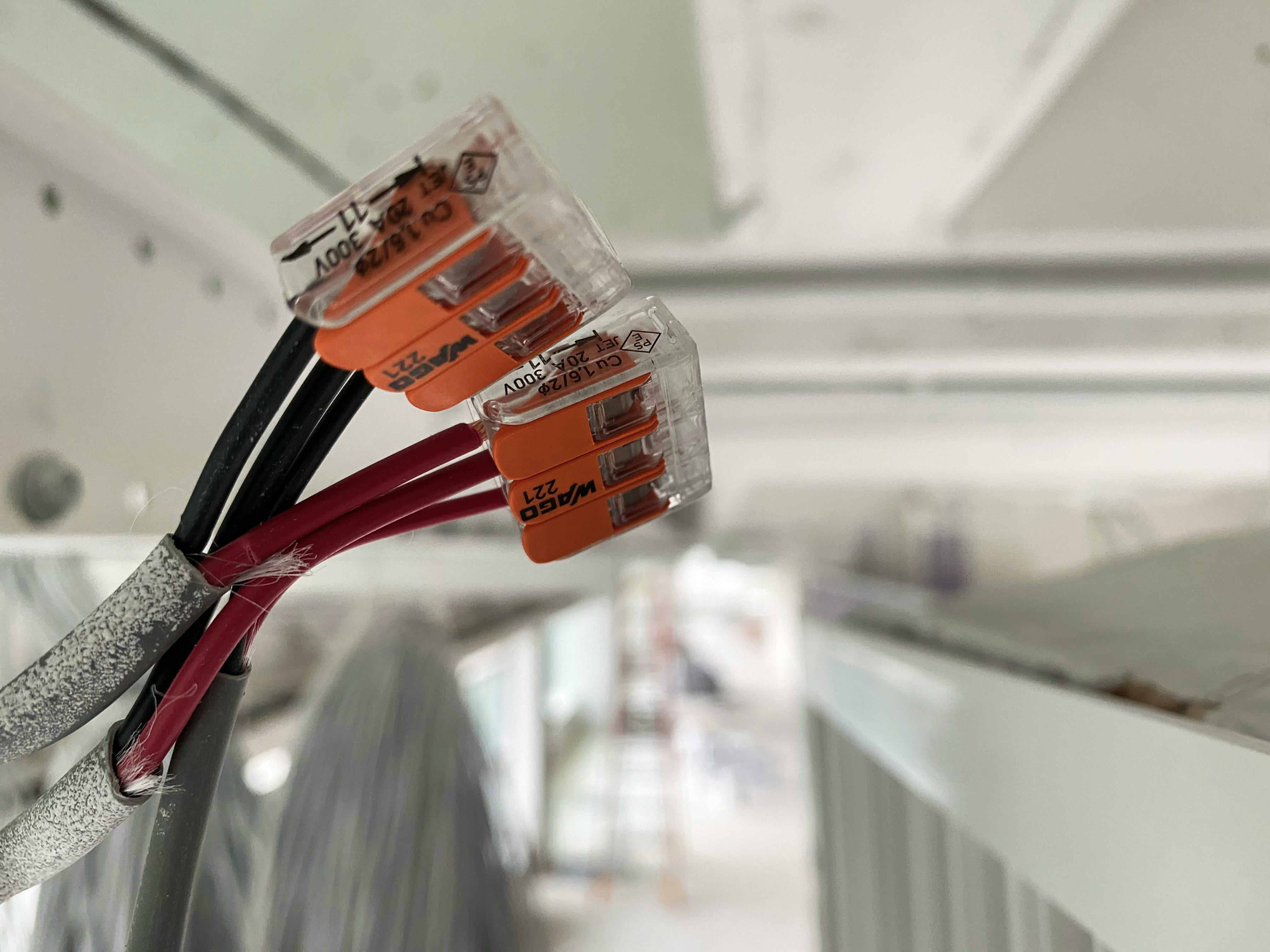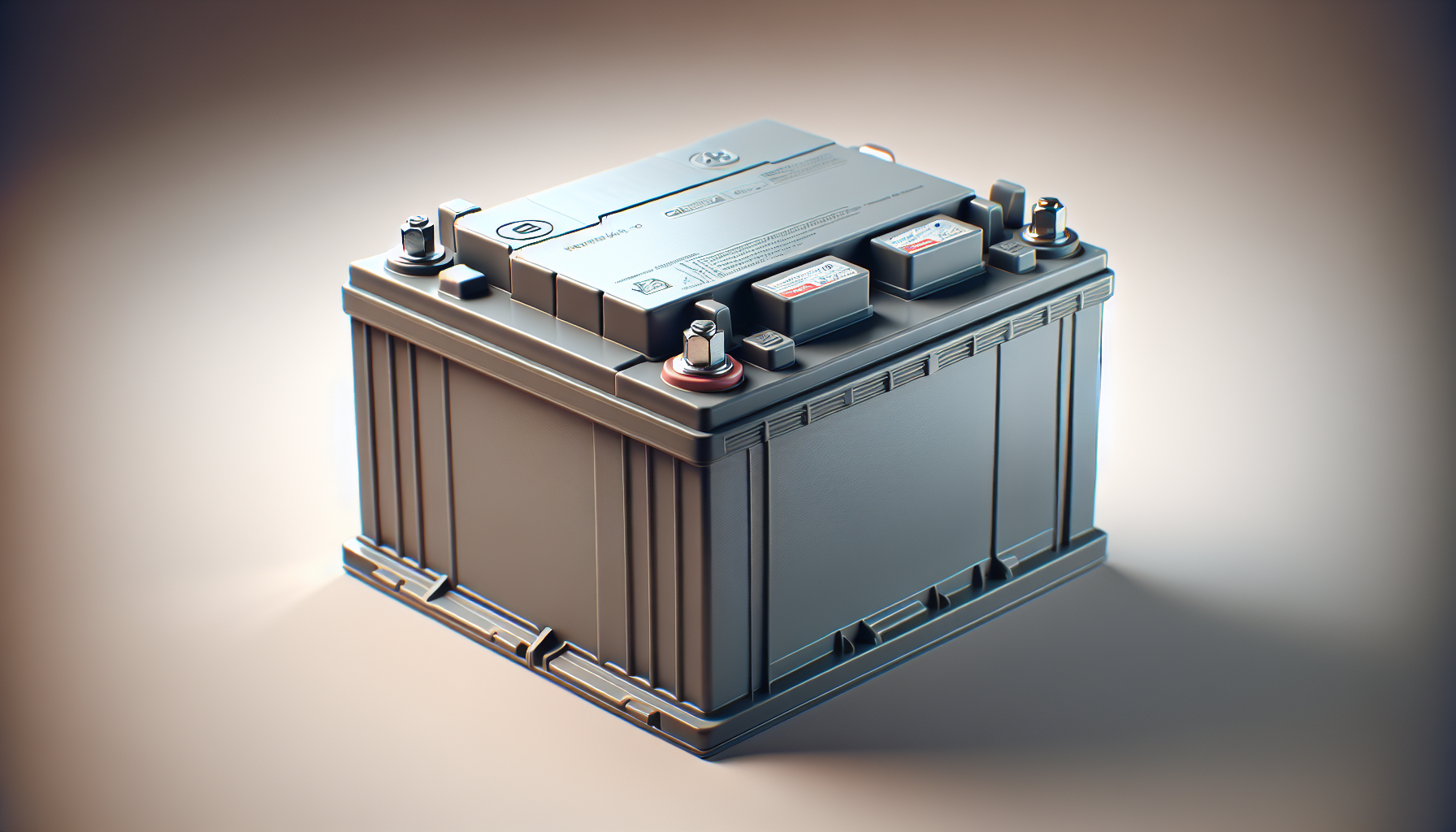What have you heard about peak amps and cranking amps? These terms often come up when discussing batteries, especially in the context of automotive power. They might seem confusing at first, but understanding the distinctions between them can help you make better decisions when selecting a battery for your needs.
What Are Peak Amps?
Peak amps refer to the maximum amount of current a battery can deliver for a very short period of time. This is typically measured in amperes (amps) and is meant to provide a burst of power when needed. You might find it especially important when it comes to starting larger engines or powering devices that require a quick surge of energy.
Why Are Peak Amps Important?
When you need a quick start for your vehicle or heavy equipment, peak amps come into play. Think about cold winter mornings when your car might struggle to start. In such situations, having a battery that can provide a high number of peak amps for a few seconds is crucial.
How Are Peak Amps Tested?
Peak amps are generally tested under controlled conditions. Manufacturers often measure the current output of a battery while cranking an engine at a specified temperature (usually 0°F or -18°C) for a brief duration (often around 5 to 10 seconds). This ensures that the battery has enough power to turn over the engine when needed most.
What Are Cranking Amps?
Cranking amps, on the other hand, refer to the amount of current a battery can continuously provide for a specific amount of time—specifically, 30 seconds—at a temperature of 32°F (0°C) while maintaining a voltage above a certain threshold. This measurement gives you an idea of how well the battery will perform under typical starting conditions.
Why Cranking Amps Matter
If you live in an area where temperatures can vary, understanding cranking amps is crucial. These amps help you determine if your battery can start your vehicle in different weather conditions. For example, if the temperature drops significantly, you’ll want to ensure your battery has sufficient cranking amps to cope with it.
How Are Cranking Amps Tested?
Similar to peak amps, cranking amps are tested under controlled temperatures. Battery manufacturers follow specific procedures that include discharging the battery while maintaining a steady voltage. This gives you an idea of the battery’s reliability to crank an engine under normal circumstances.

Key Differences Between Peak Amps and Cranking Amps
Understanding the differences between peak amps and cranking amps can help you choose the right battery. Here’s how they stack up against each other:
| Feature | Peak Amps | Cranking Amps |
|---|---|---|
| Duration | Very short (5-10 seconds) | Continuous (30 seconds) |
| Temperature | Typically 0°F (-18°C) | Usually 32°F (0°C) |
| Purpose | Short bursts of power | Reliable starting power |
| Importance | Essential for initial engine start | Crucial for everyday conditions |
These distinctions highlight how each measurement caters to different scenarios in automotive battery performance.
Choosing the Right Battery
When you’re in the market for a new battery, considering both peak amps and cranking amps can guide your decision. Here are some factors to keep in mind:
Assess Your Vehicle’s Needs
Start by examining your vehicle’s engine specifications. Some engines, particularly larger ones, require batteries with higher peak and cranking amps. Knowing the manufacturer’s recommendations can help you narrow down your options.
Weather Conditions
Think about the climates you’ll be operating in. If you live in an area that experiences cold winters, focusing on the cranking amps becomes essential. You want a battery that can handle the demands when temperatures drop.
Battery Type and Construction
Different types of batteries (lead-acid, AGM, gel cell, etc.) have different ratings for peak and cranking amps. Don’t just go for the highest numbers; consider what type works best for your vehicle’s requirements.
Price vs. Performance
Batteries with higher peak amps and cranking amps may come at a premium. It’s important to balance your budget with the performance you need. Sometimes investing a bit more upfront can save you from potential troubles later.

Real-Life Applications of Peak Amps and Cranking Amps
To put these concepts into perspective, consider how they apply to real-life scenarios.
Commercial Vehicles
In commercial vehicles like trucks, the need for peak amps is especially pronounced. These vehicles often haul heavy loads and may require a significant burst of power to get started, especially when fully loaded. Checking the peak and cranking amps helps ensure they can handle the demands of the job.
Recreational Vehicles
If you enjoy using RVs, location does matter. When you’re heading out on a camping trip, make sure your battery has the necessary cranking amps to start smoothly, even in cooler weather. It’s an essential factor that contributes to a worry-free adventure.
Marine Applications
In marine applications, both peak and cranking amps hold importance. Generally, boats require a battery that can offer a quick surge of power to start the engine, and once the engine is running, having reliable cranking amps ensures performance without hiccups.
Additional Factors to Consider
While peak amps and cranking amps are central to battery performance, other factors play significant roles that you shouldn’t overlook.
Reserve Capacity
Reserve capacity refers to how long a battery can run without being charged. This can be vital if your vehicle has electrical components that may drain the battery. Make sure to check this alongside peak and cranking amps.
Maintenance Requirements
Some batteries might require regular maintenance (like checking fluid levels) while others are maintenance-free. Understanding what’s involved can save you time and effort down the road.
Brand Reputation
Battery brands can vary widely in quality. Researching customer reviews and industry reputation can guide you toward a reliable choice that will serve you well over time.

Conclusion
Understanding the difference between peak amps and cranking amps helps empower your decision-making when it comes to choosing the right battery. Keep in mind the specific requirements of your vehicle, the climate you live in, and how you intend to use the battery.
With this knowledge, you’re much better equipped to pick a battery that won’t just start your vehicle but will do so confidently, time and again. Whether for daily commutes or adventurous road trips, ensuring your battery meets your needs can make a world of difference. So, the next time someone mentions peak amps or cranking amps, you’ll have a solid grasp of what those terms truly mean.



